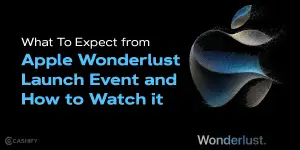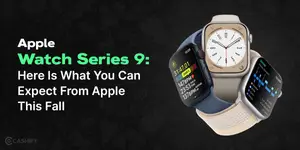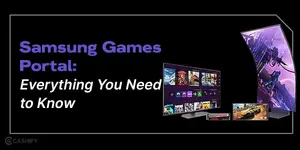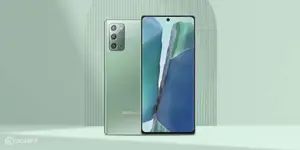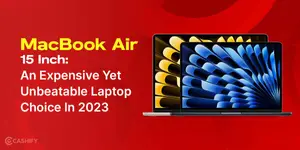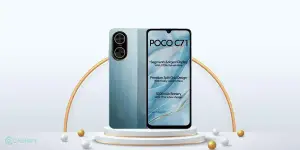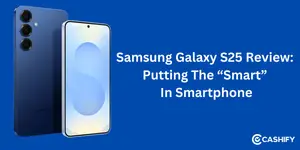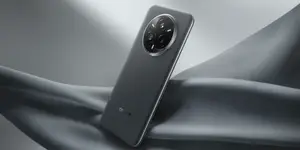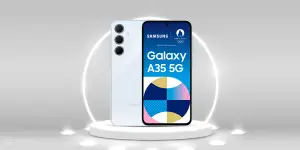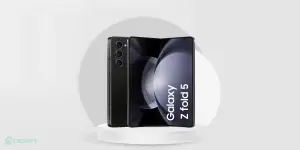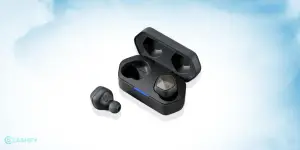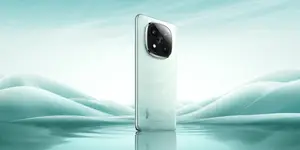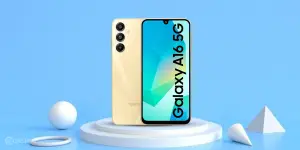You might be wondering why some of your text messages are in a blue bubble and others are in a green bubble if you have an iPhone. This isn’t just for show; it’s how Apple differentiates and tells if you’re sending an SMS text message (green) or an iMessage (blue). We can assist you in determining what these prospects are and how to take advantage of them.
Also Read: How To Send Money From PhonePe To Google Pay?
What’s the difference between iMessage and a text message?
They’re two ways to send text or pictures to your contacts, and you may do so using your iPhone’s Messages app. iMessages, on the other hand, are not the same as text messages.
The following are the main differences between a text and an iMessage:
Messages are blue
Let’s start with the obvious. On your iPhone, iMessages show in blue bubbles, whereas text messages appear in green bubbles. However, this is merely done so that you can identify them differently. Underneath the surface, there’s a lot more going on.
Also Read: 20 Best Tips And Tricks For Your iPhone 12 And 12 Pro – Full Power to You
iMessages use the Internet
The primary difference between iMessage and text messages is how content is sent. Text messages travel from cell tower to cell tower via your phone connection. iMessages, on the other hand, uses the Internet to send and receive data. To send an iMessage, you’ll need Wi-Fi or cellular data, but to send a text message, you can utilise any cell reception. iMessages are free when you’re connected to Wi-Fi, but they’ll use up your data. And text messages are always deducted from your cell phone plan’s quota. Although, these days, most telecom services provide unlimited texting.
Most of us have access to Wi-Fi at home, at work, and even on the train, with 3G, 4G, and 5G networks filling in the gaps. As a result, we can almost always use our iPhone to send an iMessage and normal text message. However, there are still areas where cellular data connections are inadequate, and there is no Wi-Fi. You won’t be able to send or receive iMessages in these locations, but if you have any mobile service, you can still send an SMS.
Also Read: How to Save Instagram Photos On Your Device: Step-to-Step Guide
iMessages are only for Apple users
Only Apple devices are compatible with iMessage. This implies you won’t be able to send an iMessage to your Android contacts. On the plus side, you won’t have to change anything if you’re sending a message to someone who doesn’t have an Apple device. If you use the Messages app, as usual, your iPhone will automatically send a text message.
Furthermore, iMessages have support for features that are not available in text messages. For example, you can use iMessage to share your location, respond to messages in real-time, and do a lot more.


